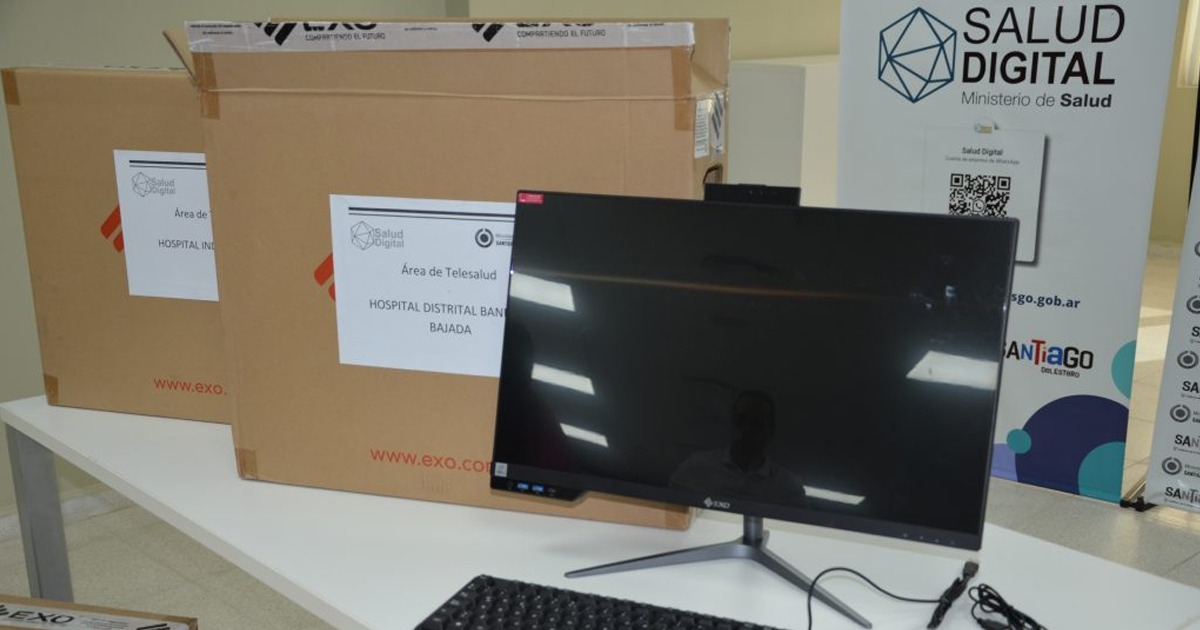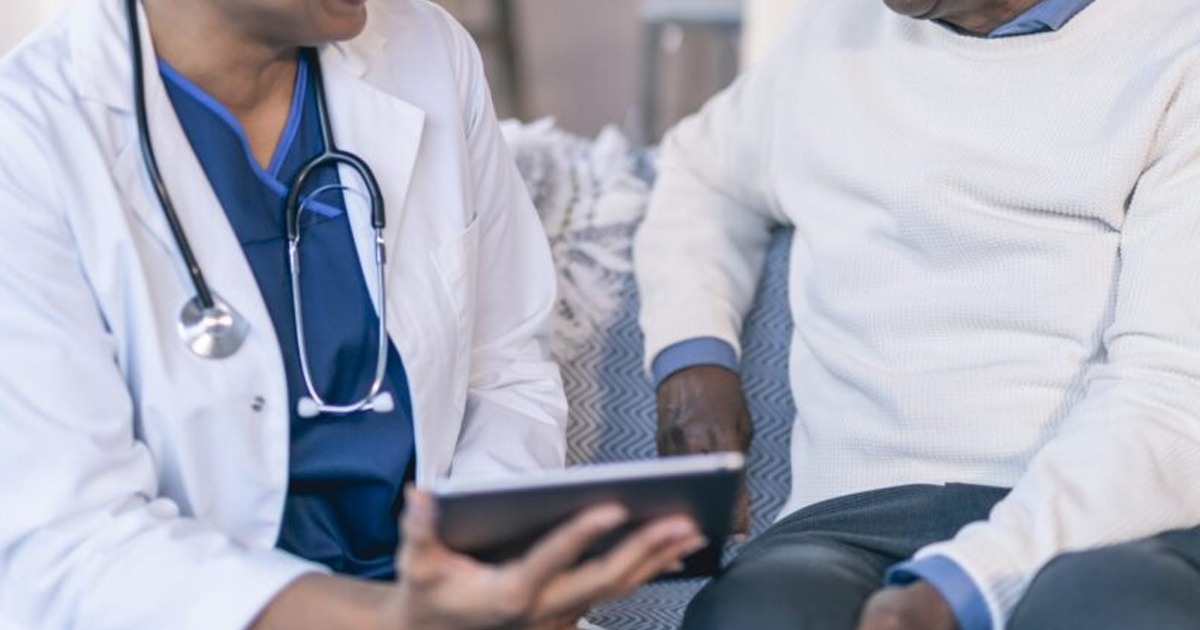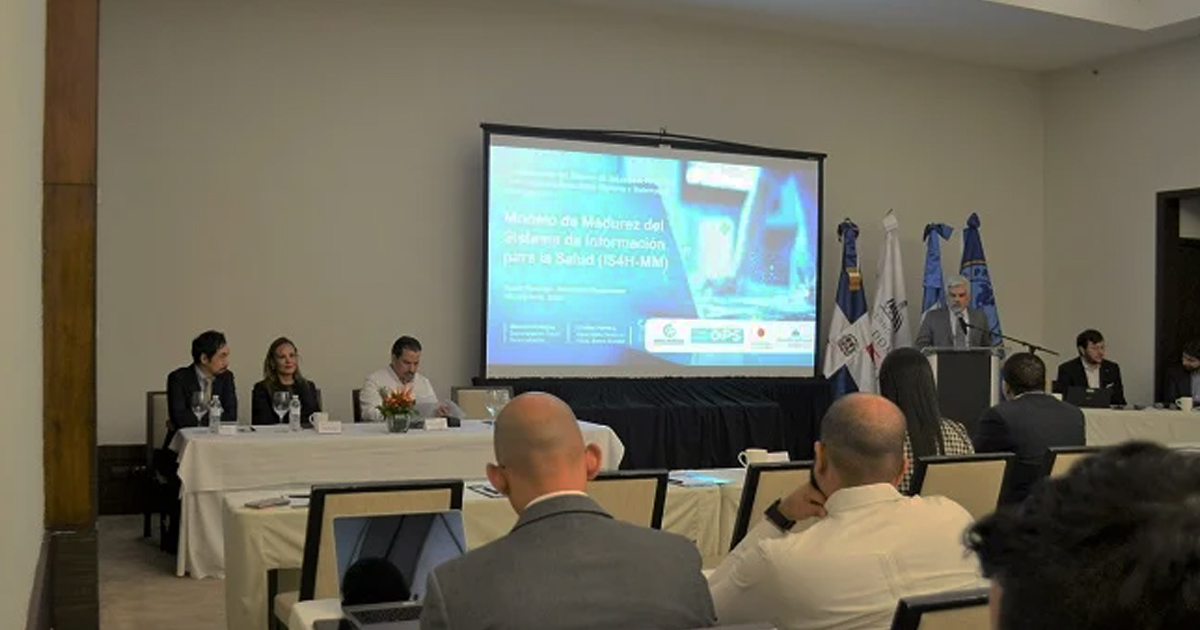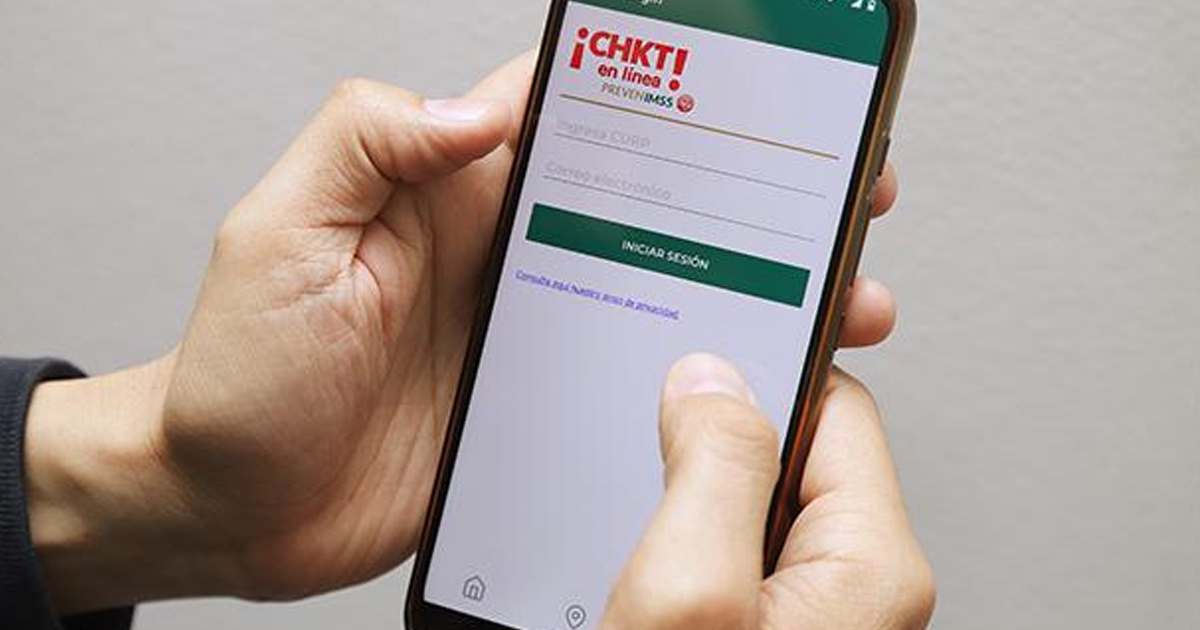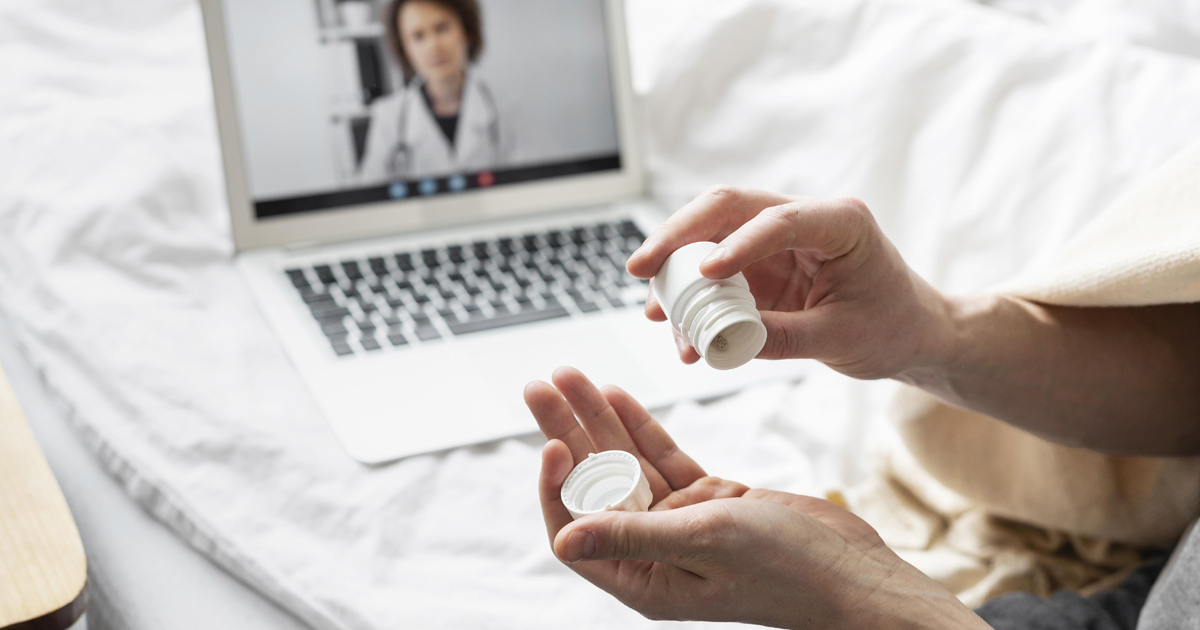Mexico has academic advances related to digital health, which is expected to be a revulsive in public systems in order to provide high-quality services that cover the stimuli needed to raise living standards in the country.
The National Autonomous University of Mexico (UNAM) continues to be a hotbed of innovations aimed at benefiting the population.
The master's and doctoral student in Dental and Health Medical Sciences, Claudia Ivonne Rodríguez Castañeda, will have the opportunity to present her project to specialists from different parts of the world in a stay of international research - carried out in Uruguay - to share views, knowledge and technological improvements for health, in this case, dental.
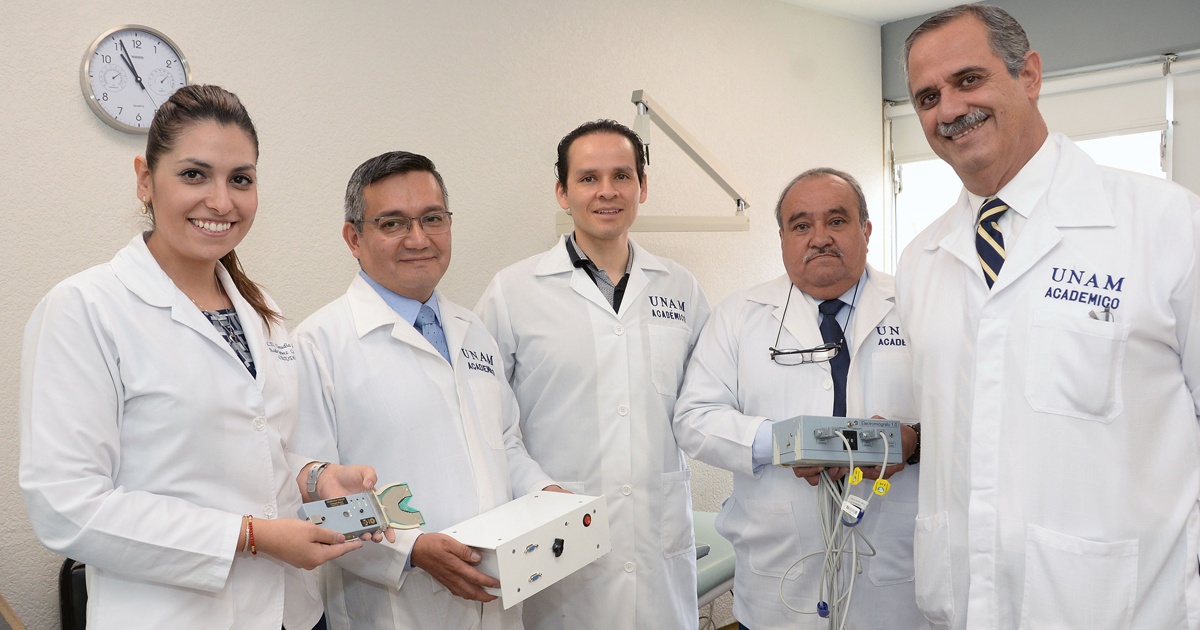
Claudia Ivonne works with the Faculty of Higher Studies (FES) with the following three digital platforms carved to avoid the pains of the jaw and muscles that work when closing and opening it:
- The digital electromyograph: works by sensors that are placed externally to determine muscle activity both at rest and in function.
- An occlusal analysis system: which is placed in the patient's mouth and allows the dentist to know the strength of the bite exerted on the teeth.
- The digital refleximeter: has the ability to evaluate how chewing works by measuring the response time of the central nervous system to some stimulus.
"People get used to living with a jaw that thunders, thunders and hurts, so they stop paying attention to them and don't care," she said.
Between 40 and 65% of the world's population suffer dental complications and, in 6% of cases, it becomes a chronic problem.

